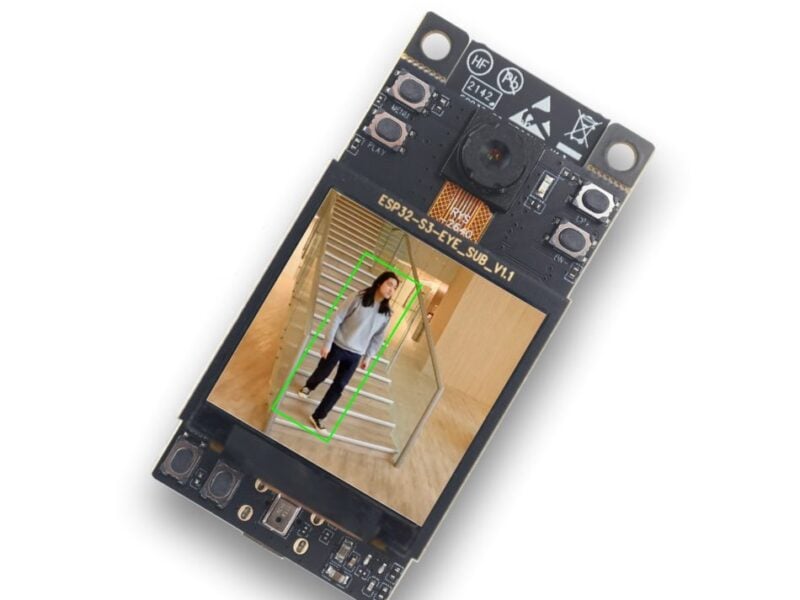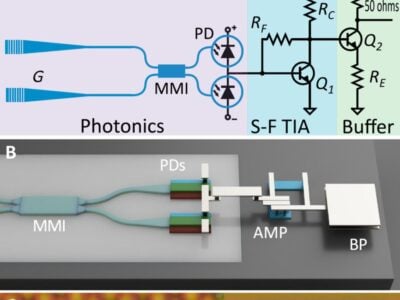
Plumerai ports People Detection AI to Espressif ESP32-S3
London-based embedded AI developer Plumerai has ported its People Detection software to the low cost Espressif ESP32-S3 microcontroller.
The AI framework is trained with more than 30 million images and can detect each person in view, even if partially occluded, tracking up to 20 people across frames.
The People Detection framework runs completely at the edge and all computations are performed on a single Xtensa LX7 core running at 240 MHz at over 3 frame/s for a fast response time.
- Plumerai boosts embedded AI efficiency
- Plumerai, TI team on embedded AI
- XMOS and Plumerai partner on binarised neural networks
The ESP32-S3 is a dual-core XTensa LX7 MCU, capable of running at 240 MHz. Apart from its 512 KB of internal SRAM, it also comes with integrated 2.4 GHz, 802.11 b/g/n Wi-Fi and Bluetooth 5 (LE) connectivity that provides long-range support.
The AI software is optimised to take advantage of the ESP32-S3’s custom vector instructions in the MCU, providing a significant speedup compared to using the standard CPU’s instruction set. The second core on the ESP32-S3 is available for additional tasks.
This means there is no internet connection needed, and the captured images never leave the device, increasing reliability and respecting privacy. In addition, performing the people detection task at the edge eliminates costly cloud compute.
This allows tiny smart home cameras based on the ESP32-S3 can provide notifications when people are on your property or in your home. Lights can turn on when we get home and the AC can direct the cold airflow toward you. The elderly can stay independent longer with sensors that notice when they need help. Traffic lights notice automatically when you arrive. In retail, customers can be counted for footfall analysis, and displays can show more detailed content when customers get closer to them.
The Plumerai People Detection software supports indoor, outdoor, low light, and difficult backgrounds such as moving objects, and can detect at more than 20m / 65ft distance with a latency of 303 ms (3.3 fps) and a peak RAM usage of 166 Kbytes with a binary code size of 1568 Kbytes.
The USB-powered ESP32-S3-EYE board uses an OV2640 2MPixel camera with a 66.5° FOV and a 1.3” LCD 240×240 SPI-based display and runs FreeRTOS.
Plumerai is also demonstrating its AI framework software at Embedded World (EW2023) this week running on the ARM Cortex-M85 core in a chip developed by Renesas. Esspressif is also moving all its future microcontrollers to RISC-V
 If you enjoyed this article, you will like the following ones: don't miss them by subscribing to :
eeNews on Google News
If you enjoyed this article, you will like the following ones: don't miss them by subscribing to :
eeNews on Google News





